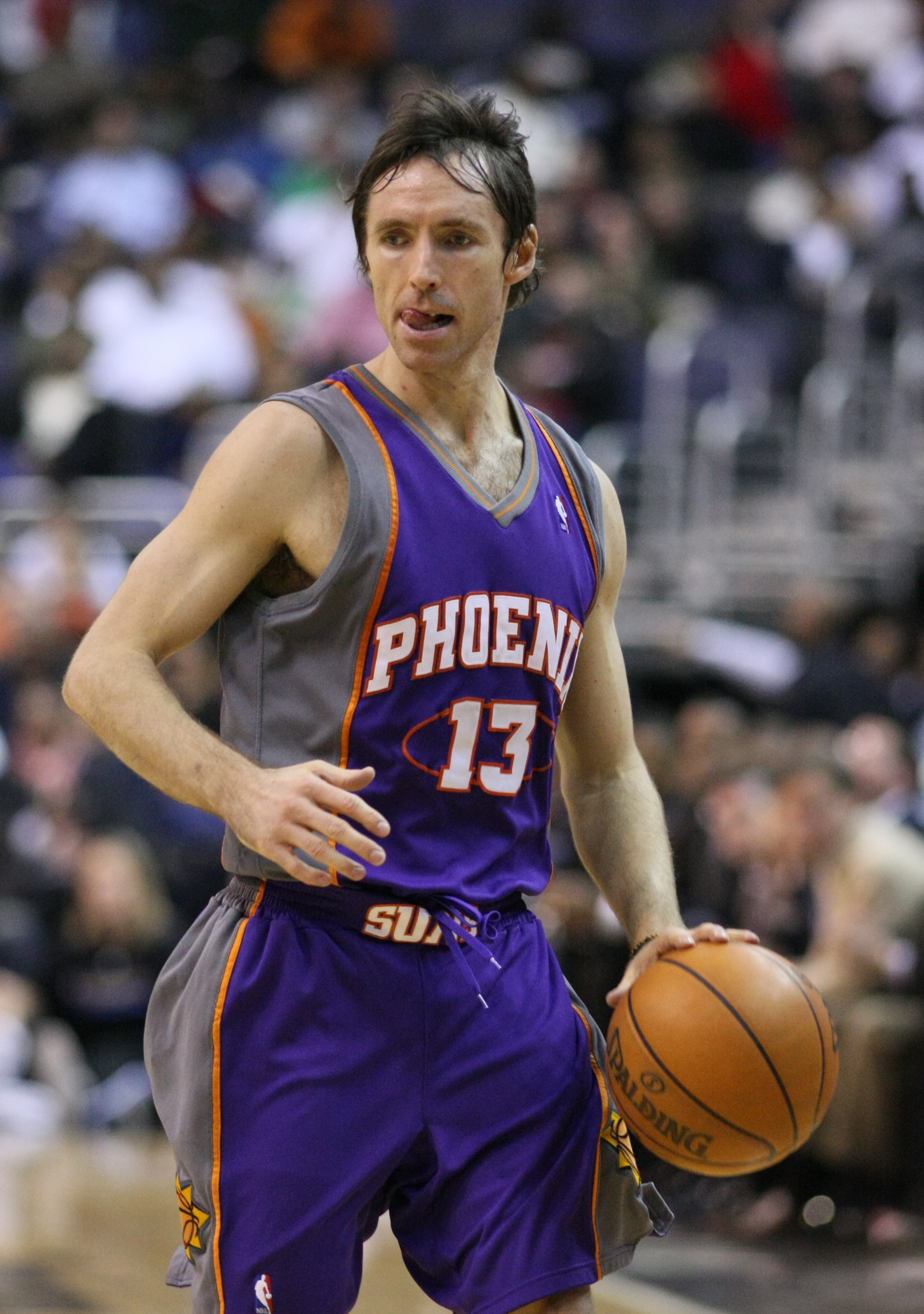Way back in August, I posted an article regarding Roberto Luongo's standing among the most successful goalies in NHL history never to win a Stanley Cup. Going by regular season wins, he ranks dubiously at the top among active goalies and third all-time. So because playing in Vancouver for an extended period of time just tends to have this championship-less effect on players, how do the Canucks' other high-profile vets rank among active players without a ring?
 The numbers are decidedly less striking than Luongo's, but at 747 career points, Henrik Sedin's production ranks him 9th overall in that regard. Trailing him by 29 points is Daniel at 13th.
The numbers are decidedly less striking than Luongo's, but at 747 career points, Henrik Sedin's production ranks him 9th overall in that regard. Trailing him by 29 points is Daniel at 13th.At the top of the list are Daniel Alfredsson (1,082 points), Joe Thornton (1,078) and Jarome Iginla (1,073) – three players who, like the teams they play for, have their very best years behind them. So too may be the case for the Sedins, but I think consensus could be had around the league that Vancouver remains a higher probability for a Cup this season than Ottawa, San Jose or Calgary.
Who, then, among this list of mostly aging NHL stars,¹ stands the best chance of beating the Sedins to a championship? If the past two decades of NHL hockey has taught us anything, it's that the Red Wings and Devils are to be considered near-annual contenders. In that case, could Todd Bertuzzi do in Detroit what he couldn't as a member of the West Coast Express? And not that Ilya Kovalchuk particularly cares about the NHL, but the Parise-less Devils aren't completely out of the question.
Nonetheless, it appears that Henrik and Daniel have the edge over their fellow luckless veterans.
If, for whatever reason, you need that statement quantified, you can look to any of the recently-updated betting odds online. Bovada has the Canucks as 9:1 favourites, ranking them third behind the Penguins (8:1) and Rangers (8.5:1). (The odds-makers clearly have a more positive take on the Canucks' second line than anyone in Vancouver does.)
But the fact that the Sedins are on this list at all underlines this slowly creeping notion that Vancouver's team is, to a certain degree, aging. While Zack Kassian and Nicklas Jensen have been promising, any major contributions from them are still a few years out. Giving Cory Schneider the crease certainly helps in lowering the core's average age, but the Canucks remain, undisputedly, the Sedins' team.
Simply put, the Canucks live and die with the Sedins. And life has been pretty good with the twins (when was the last time in team history Vancouver has been such routine Cup contenders), but they can't play at their current level indefinitely. At 32 years of age, common wisdom suggests they have two or three elite-level seasons left in them. Possibly more, but it is a rare breed of player that ages as such.
It is now...ish or never.
The Canucks' second line will inevitably return this season, at which point, the Sedins will have another legitimate shot at adding a championship to their already-prestigious NHL mantels. The Daniel Alfredssons of the league are simply out of luck.
-HC
¹With the exception of 29-year-old Kovalchuk, all players on the list are 30-plus.
*Read the online discussion regarding this article on the Canucks.com forums here.




